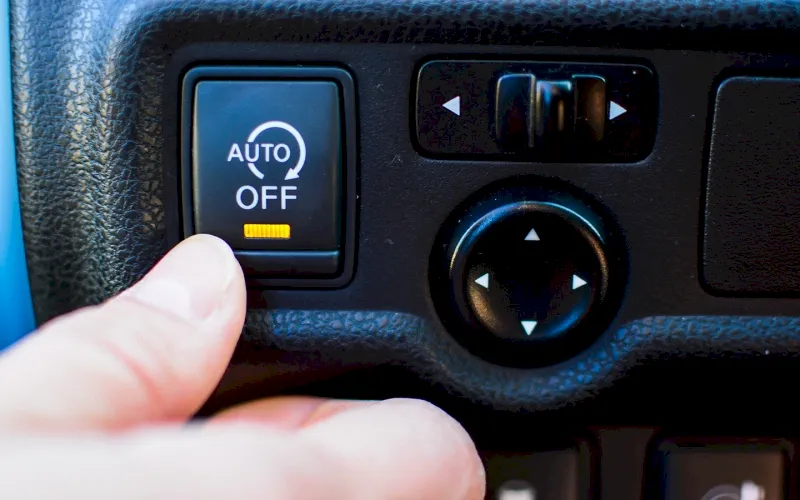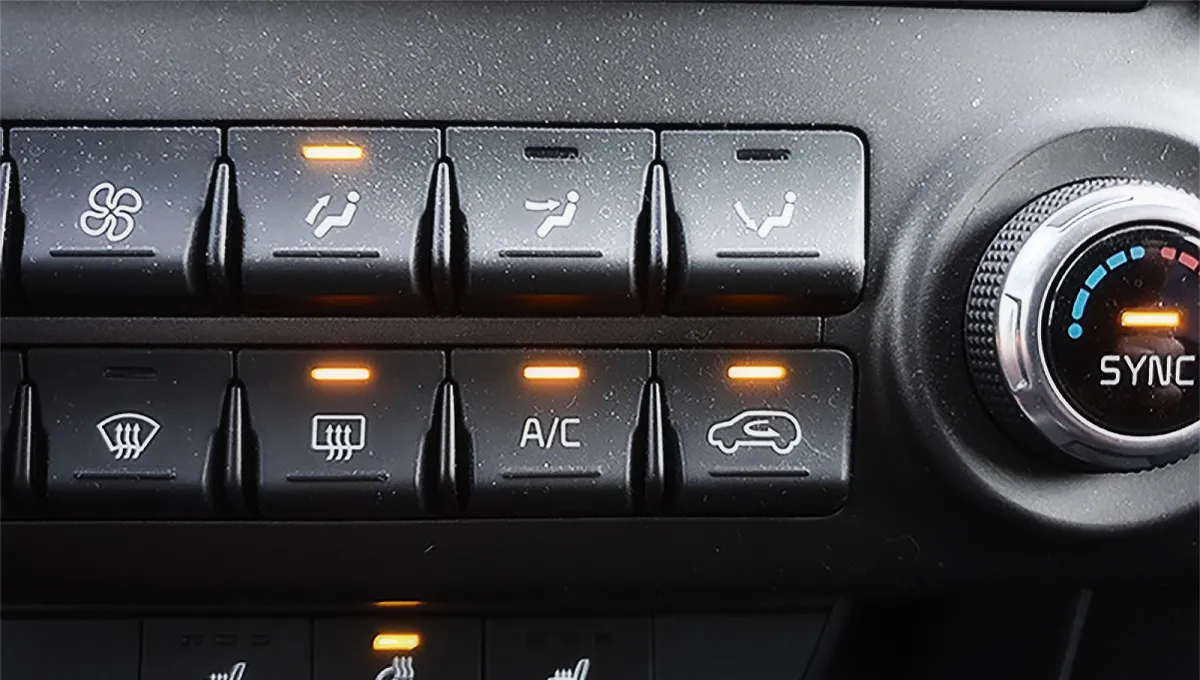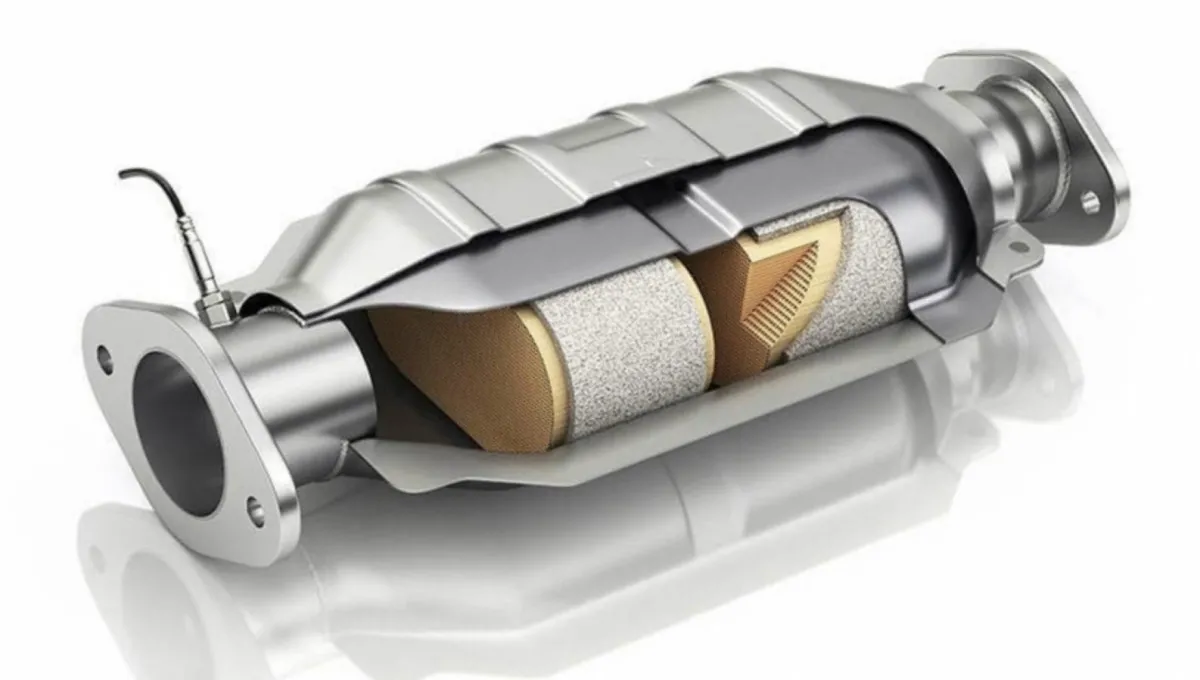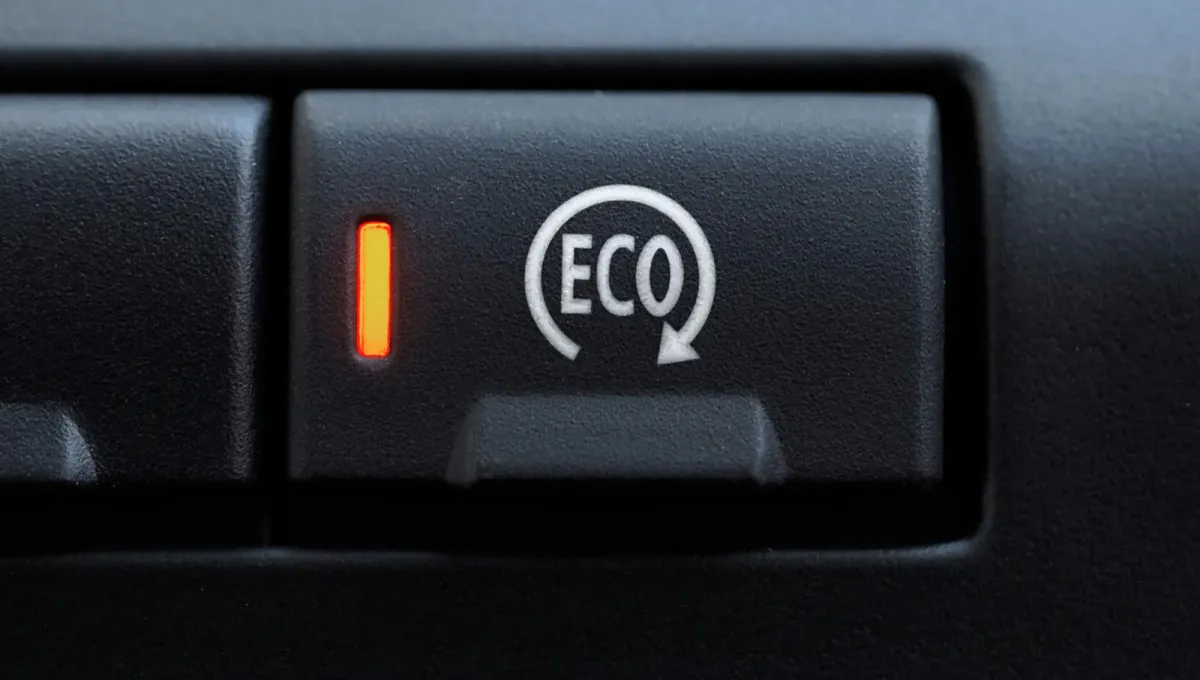Hot Topic for American Drivers: Why So Many Deactivate Start/Stop Systems
Most American drivers turn off the start/stop system simply because it annoys them.

Many modern cars come equipped with a start/stop system, which automatically shuts off the engine when the vehicle stops at a traffic light or in heavy traffic. However, a growing number of drivers choose to disable the system — either using the manufacturer’s built-in button, through the vehicle’s settings, or even permanently with specialized tools at service shops. The reasons are practical: start/stop increases strain on the starter and can accelerate wear on the automatic transmission’s clutches. Disabling it is relatively straightforward, often done by updating the control program, a process that typically takes an hour to an hour and a half and isn’t overly expensive.

Manufacturers often market start/stop as a fuel-saving feature for city driving. In reality, operating costs can rise over time. Many drivers eventually face the need to replace a reinforced starter, often around 60,000–90,000 miles, or sometimes sooner. These starters can cost significantly more than standard parts.
Another reason drivers turn off start/stop is extra stress on the transmission. Even when the engine shuts down, some components in an automatic gearbox remain under load, which leads to faster clutch wear. Replacing worn clutches requires removing the transmission from the vehicle entirely — a costly and time-consuming job. Disabling the start/stop system, whether via button or software, can extend clutch life and protect the transmission.

For many drivers, the constant stopping and starting of the engine is simply irritating. The system can be particularly problematic on vehicles with weaker batteries, where the control unit may inconsistently shut off or leave the engine running, creating an unpredictable driving experience.
Regarding fuel savings, even in stop-and-go city traffic, drivers might save only 0.8–1.5 pints of gasoline per 60 miles. That’s about one dollar saved per 60 miles, hardly worth the potential expense of replacing a reinforced starter or dealing with premature transmission wear.
In short, many American drivers choose to disable start/stop systems not just for comfort, but as a practical move to protect key components and avoid costly repairs.
You may also be interested in the news:

The Worst Drivers by Zodiac Sign: Three Signs Experts Say Should Think Twice Before Getting Behind the Wheel
Astrologers claim people born under these signs can be inattentive — and sometimes downright forgetful.

A useful button in cars that many Americans simply don't use
Some drivers think the feature is pointless — others avoid it simply because they don’t understand what it does

Auto Hold: The Button Many Americans Still Don’t Know About — and How It Can Change the Way You Drive
I use it all the time now — can’t imagine how I ever drove without it.

Common Signs of a Clogged Catalytic Converter – What It Does and How to Check It Yourself
No matter what you’ve heard about catalytic converters lasting forever, the truth is that every one of them eventually wears out. Here’s how to diagnose a failing converter—and what you can do to fix it.

Many Americans Don’t Realize Why Overusing ECO Mode Can Be a Bad Idea — What That Button Really Does
What exactly is ECO mode, why was it invented, and is it really as good as it sounds? Let’s break down the pros and cons.